News
Tokenism, Coding, Baiting, and a Few Other Thing LGBTQ Horror Fans Are Over, Part 2
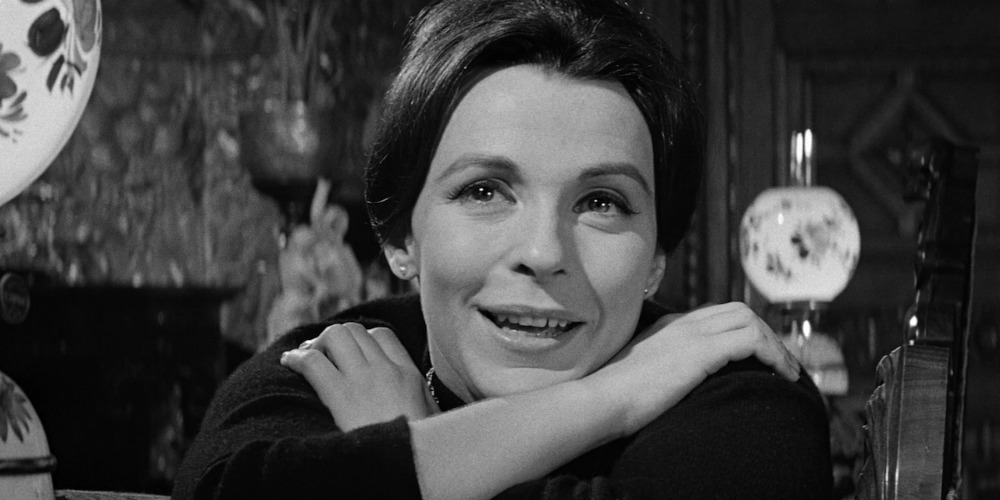
Welcome back to my little editorial series about some of the trends and tropes that have grown rather stale for the queer community in the horror genre. In the first part, we discussed tokenism, and here I’ll be digging into queer-coding and it’s history within the genre.
Queer-coding is the process of assigning queer traits to a character without ever actually coming out (see what I did there?) and saying explicitly that the character is gay. In film, especially, it was born out of the adoption of the Hays Code in the 1930s.
In the early days of film, without regulation, people went buck wild showing all kinds of things and exploring any number of themes. Without surprise, there was push-back from more conservative groups in the U.S. who thought that everyone’s morals were in danger of corruption because of the movies.
They went into Warren G. Harding’s cabinet and emerged with Postmaster General Will Hays who would become the president of the Motion Picture Producers and Distributors Association–the precursor to the current Motion Picture Association of America. Hays and his cohorts created a production code with a whole list of things that could not be shown on film.
While the code did not outright speak about queerness, it was nonetheless inferred in a passage that included statements as “the correct standards of life.”
You know, the one really good way of getting someone to do something is to tell them that they can’t do it.
Writers, directors, and actors rebelled in subtle ways against the Hays Code, even when Joseph Breen took over as the sole censor on the board who had the ability to re-write and re-cut any script that he saw fit.
And thus, queer-coding began to creep into films. Now, queer-coding, in and of itself, is not necessarily a negative thing. Like any other tool, it can be used for good or for bad. The writers could have used their talents to create characters that we could look back on with pride.
Sadly, it became all together easier, via queer-coding, to create stock characters like the sexually ambivalent sissy, the “hard woman,” and the predatory, obsessive villain.
This last became a standard in the horror genre especially.
Take, for instance, Dracula’s Daughter. Ostensibly based on Stoker’s short story, “Dracula’s Guest,” the film ended up having much more in common ultimately with Sheridan le Fanu’s Carmilla.
Here we see the Countess Marya Zaleska aka Dracula’s daughter who has sought the help of a psychiatrist to free herself from an evil influence. As bodies begin to pile up around, it’s easy, on a surface level, to read this influence as vampirism. It’s in the scenes with a young, beautiful, blonde model where things read differently.
Countess Zaleska tells Lili that she wants to paint her. She looks at her with obvious lust in her eyes. She tells her she’s beautiful and asks her to remove her blouse from her shoulders. She moves closer and closer, hypnotizing the young woman with a jewel before finally attacking.
Queer audiences everywhere saw the Countess as queer, and they also saw her die because of her “sins.”
Then there’s the beautiful and mysterious Irena from Val Lewton’s Cat People.
In the film, Irena, played by the remarkable Simone Simon, fears she is cursed to become a wild animal when she is sexually aroused…literally. Despite her reservations, Irena quickly falls in love with Oliver and the two are soon married. However, because of her problem she is unable to perform her “wifely duties” to Oliver.
She begins seeing a psychiatrist to try to overcome these feelings.
If you’re noticing a trend here, it’s not hard to reason why. At the time, being queer was considered a mental illness and many were sent to psychiatrists for “treatment.” Unfortunately, some still hold to this practice and conversion therapy has been forced upon more young people than I even care to imagine.
However, she cannot fully eliminate this “thing,” this “otherness” that she possesses. She describes the curse and recalls the village where she grew up as evil, filled with wicked people who did terrible things in a way that many relate to the story of Sodom and Gomorrah from the Bible, a tale that has been misinterpreted for centuries as a way to condemn the queer community.
Naturally, because she cannot overcome the thing that makes her “other,” she eventually gives in, transforming into a panther and attacking and killing her therapist. She races to a local zoo and opens a panther cage. The beast promptly mauls her before escaping and being killed itself.
When they find a dead panther lying at the door of the cage, Oliver mutters that Irena had never lied to them.
Unfortunately, Irena is just one in a long line of queer-coded characters who were fated to die because they could not change who they were.
Now, lest you think that women were the only ones subjected to queer-coding at the time, I’d like to draw your attention to both I was a Teenage Werewolf and I Was a Teenage Frankenstein. Both films were released in 1957 and both sported more than one not so cleverly coded characters in them.
First up, I Was a Teenage Werewolf starred young, hunky Michael Landon just a couple of years shy of his run on the western, Bonanza.
Tony Rivers (Landon) has an anger management issue, and after a few outbursts, he’s prompted to see a psychiatrist where he talks about this unnatural rage inside him. Dr. Brandon quickly recommends a form of regressive therapy for the young man.
At the time, regressive therapy was a popular “solution” for treatment of queerness. The thought was to take the patient back to the root of their desires and weed them out so they were no longer subject to their “unnatural desires.”
Dr. Brandon, however, takes it a step further, believing there are benefits to tapping into that primal nature, and even goes so far to suggest to Tony that he was once a wild beast and there would be benefits of returning to that state.
Before long, Brandon has released the beast in Tony who in turn begins killing people. It’s not a huge stretch of the imagination to equate his beastly visage with portrayals of queer people. All one needs to do is listen to politicians and various religious figures who repeatedly compare queerness to bestiality.
So here we have a complex message. There are older, predatory men who are intent upon preying upon your sons and turning them into something “unnatural.” Following the theme of the previous examples, both men had to die.
As for I Was a Teenage Frankenstein, we again have the older, predatory male, this time in the guise of Professor Frankenstein who decides to build himself a young man out of various parts he’s collected, all from “physically superior” specimens.
This one takes it to a whole new level as Frankenstein watches his creature exercising shirtless and leering at him while he’s doing it.
Again, ultimately both men are fated to die.
The message was fairly clear at this point. In horror, it was villains and monsters that would represent queer sensibilities, and they would ultimately have to be destroyed.
The Hays Code lasted for some time, but eventually it was dismantled. So that means those monsters got to come out of the closet, right?
Not exactly.
Queer-coding was still well in play, but every so often you’d find a character that was coded who wasn’t a monster, and even more astonishingly, was allowed to live!
Take, for instance, The Haunting from 1963. This was a gorgeous film and one of my personal favorites.
In The Haunting, the character Theo, played by Claire Bloom, is clearly coded as a lesbian. During one of Nell’s outbursts, she even calls Theo one of “nature’s mistakes.” However, unlike her predecessors, she is beautiful without being sexualized. She also comes across as protective of poor Nell (Julie Harris), rather than predatory.
Most astonishingly, however, Theo gets to survive to the end of the film!
So, obviously things were getting better and soon things would turn around entirely, right?
Well, no, the trend of queer-coding rather than outright writing queer characters has continued. While lesbian vampires definitely became a big thing in the 70s, queer coding has remained the rule rather than the exception.
We saw it in the 80s with films like A Nightmare on Elm Street 2 where yes, the gay subtext was everywhere, but it took a heterosexual kiss to ultimately defeat the bad guy. And in cases where the queerness was even closer to the surface, in say, Fear No Evil, it was still represented as evil that must be destroyed.
And then there was Sleepaway Camp.
Horror fans were shocked with the sudden reveal at the end of the film that Angela had really been Peter all along and began to read into it a great deal of subtext that she was a transgender character making them just one of any number of horror villains who have been mis-identified mostly by straight commentators on the genre.
Her queer-coding was more subtle until that final moment and her equation with the trans community sets a terrible example, reinforcing the idea that they want to trick you, to make you believe they are something they are not, and moreover that they are dangerous.
Angela, in fact, was not so much trans as she was a victim of abuse by an unhinged woman, and the filmmakers chose a cheap shock-value moment which has certainly cemented its place in genre history, but has done no end of damage for members of the queer community.
Sadly the equating of queerness with evil remained largely intact well into the 21st Century when we finally began to see characters that were more openly portrayed in horror films, however the normalized portrayal that the LGBTQ community has been seeking is rare and its inclusion is far between. We also have yet to move beyond the “kill your gay” trope.
However there is hope on the horizon. I see it in the filmmakers and actors I’ve interviewed for our Horror Pride Month series. They are writing amazing queer stories in the genre space.
I see it in films like The Taking of Deborah Logan, where the lesbian character is fully realized and normalized without her queerness being central to the story. I see it in Lyle where the lesbian couple is not overly sexualized, but rather they just happen to be a queer couple who find themselves in a horrific situation.
I see it in series like Chilling Adventures of Sabrina which openly deals with characters of varying gender expressions and sexual orientations with alacrity, and The Haunting of Hill House, which finally let Theo out of the closet.
Perhaps, just maybe, our time has come.
Join me next time, for the third and final part of this series where we’ll be discussing queer-baiting, and thank you for following our Horror Pride Month series!
'Civil War' Review: Is It Worth Watching?
Follow our new YouTube channel "Mysteries and Movies" here.

Movies
Trailer for ‘The Exorcism’ Has Russell Crowe Possessed
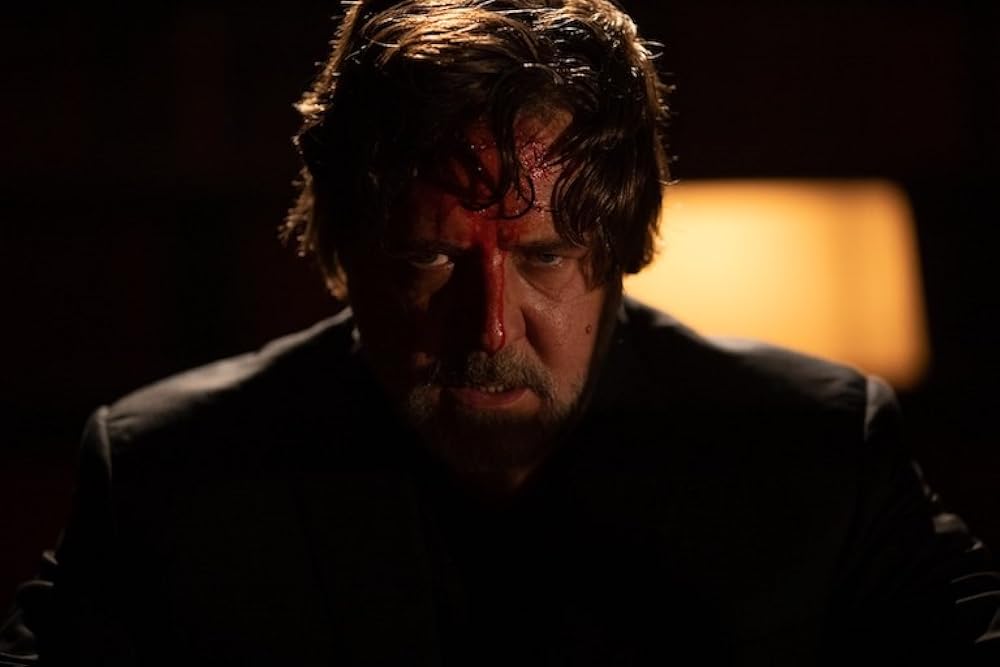
The latest exorcism movie is about to drop this summer. It’s aptly titled The Exorcism and it stars Academy Award winner turned B-movie savant Russell Crowe. The trailer dropped today and by the looks of it, we are getting a possession movie that takes place on a movie set.
Just like this year’s recent demon-in-media-space film Late Night With the Devil, The Exorcism happens during a production. Although the former takes place on a live network talk show, the latter is on an active sound stage. Hopefully, it won’t be entirely serious and we’ll get some meta chuckles out of it.
The film will open in theaters on June 7, but since Shudder also acquired it, it probably won’t be long after that until it finds a home on the streaming service.
Crowe plays, “Anthony Miller, a troubled actor who begins to unravel while shooting a supernatural horror film. His estranged daughter, Lee (Ryan Simpkins), wonders if he’s slipping back into his past addictions or if there’s something more sinister at play. The film also stars Sam Worthington, Chloe Bailey, Adam Goldberg and David Hyde Pierce.”
Crowe did see some success in last year’s The Pope’s Exorcist mostly because his character was so over-the-top and infused with such comical hubris it bordered on parody. We will see if that is the route actor-turned-director Joshua John Miller takes with The Exorcism.
'Civil War' Review: Is It Worth Watching?
Follow our new YouTube channel "Mysteries and Movies" here.
News
Win a Stay at The Lizzie Borden House From Spirit Halloween

Spirit Halloween has declared that this week marks the start of spooky season and to celebrate they are offering fans a chance to stay at the Lizzie Borden House with so many perks Lizzie herself would approve.
The Lizzie Borden House in Fall River, MA is claimed to be one of the most haunted houses in America. Of course one lucky winner and up to 12 of their friends will find out if the rumors are true if they win the grand prize: A private stay in the notorious house.
“We are delighted to work with Spirit Halloween to roll out the red carpet and offer the public a chance to win a one-of-a-kind experience at the infamous Lizzie Borden House, which also includes additional haunted experiences and merchandise,” said Lance Zaal, President & Founder of US Ghost Adventures.
Fans can enter to win by following Spirit Halloween‘s Instagram and leaving a comment on the contest post from now through April 28.
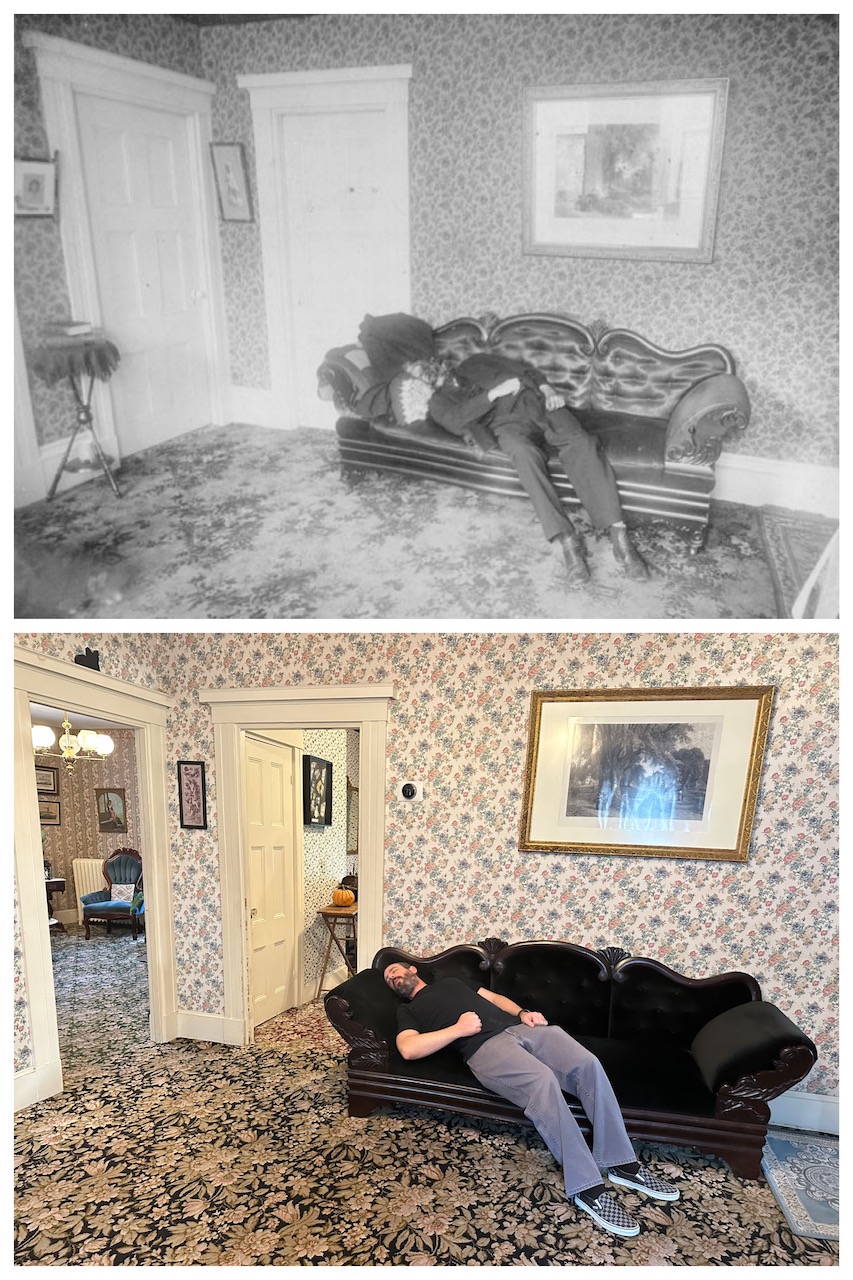
The prize also includes:
An exclusive guided house tour, including insider insight around the murder, the trial, and commonly reported hauntings
A late-night ghost tour, complete with professional ghost-hunting gear
A private breakfast in the Borden family dining room
A ghost hunting starter kit with two pieces of Ghost Daddy Ghost Hunting Gear and a lesson for two at US Ghost Adventures Ghost Hunting Course
The ultimate Lizzie Borden gift package, featuring an official hatchet, the Lizzie Borden board game, Lily the Haunted Doll, and America’s Most Haunted Volume II
Winner’s choice of a Ghost Tour experience in Salem or a True Crime experience in Boston for two
“Our Halfway to Halloween celebration provides fans an exhilarating taste of what’s to come this fall and empowers them to start planning for their favorite season as early as they please,” said Steven Silverstein, CEO of Spirit Halloween. “We have cultivated an incredible following of enthusiasts who embody the Halloween lifestyle, and we’re thrilled to bring the fun back to life.”
Spirit Halloween is also preparing for their retail haunted houses. On Thursday, August 1 their flagship store in Egg Harbor Township, NJ. will officially open to start off the season. That event usually draws in hordes of people eager to see what new merch, animatronics, and exclusive IP goods will be trending this year.
'Civil War' Review: Is It Worth Watching?
Follow our new YouTube channel "Mysteries and Movies" here.
Movies
’28 Years Later’ Trilogy Taking Shape With Serious Star Power
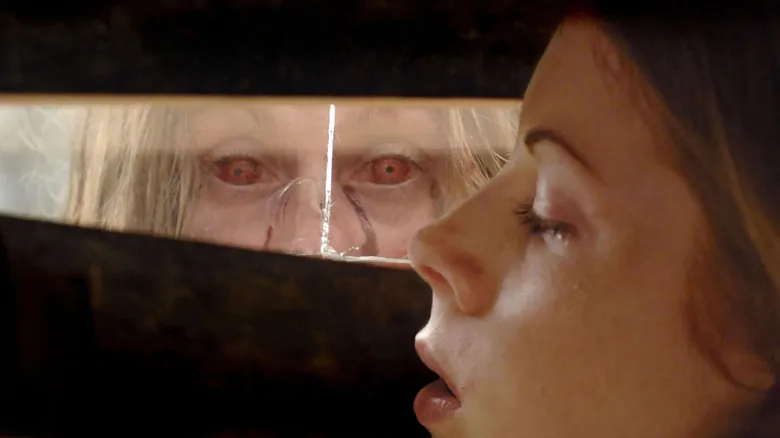
Danny Boyle is revisiting his 28 Days Later universe with three new films. He will direct the first, 28 Years Later, with two more to follow. Deadline is reporting that sources say Jodie Comer, Aaron Taylor-Johnson, and Ralph Fiennes have been cast for the first entry, a sequel to the original. Details are being kept under wraps so we don’t know how or if the first original sequel 28 Weeks Later fits into the project.

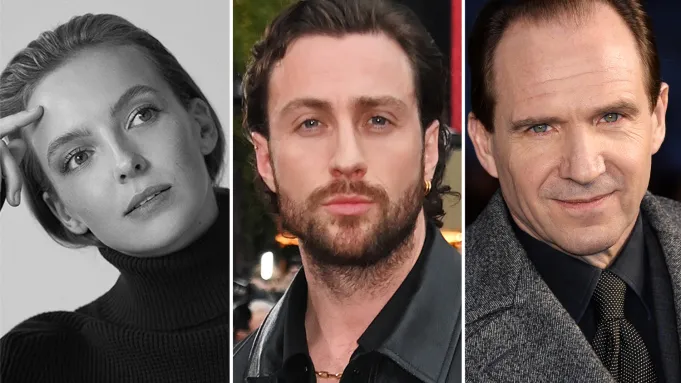
Boyle will direct the first movie but it’s unclear which role he will take on in the subsequent films. What is known is Candyman (2021) director Nia DaCosta is scheduled to direct the second film in this trilogy and that the third will be filmed immediately afterward. Whether DaCosta will direct both is still unclear.
Alex Garland is writing the scripts. Garland is having a successful time at the box office right now. He wrote and directed the current action/thriller Civil War which was just knocked out of the theatrical top spot by Radio Silence’s Abigail.
There is no word yet on when, or where, 28 Years Later will start production.
The original film followed Jim (Cillian Murphy) who wakes from a coma to find that London is currently dealing with a zombie outbreak.
'Civil War' Review: Is It Worth Watching?
Follow our new YouTube channel "Mysteries and Movies" here.
-

 News6 days ago
News6 days agoBrad Dourif Says He’s Retiring Except For One Important Role
-

 Strange and Unusual6 days ago
Strange and Unusual6 days agoMan Arrested for Allegedly Taking a Severed Leg From Crash Site And Eating It
-

 Editorial6 days ago
Editorial6 days ago7 Great ‘Scream’ Fan Films & Shorts Worth a Watch
-

 News4 days ago
News4 days agoOriginal Blair Witch Cast Ask Lionsgate for Retroactive Residuals in Light of New Film
-
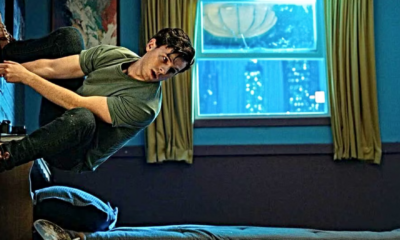
 Movies5 days ago
Movies5 days agoSpider-Man With a Cronenberg Twist in This Fan-Made Short
-
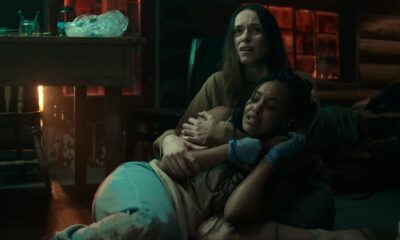
 Movies6 days ago
Movies6 days agoCannabis-Themed Horror Movie ‘Trim Season’ Official Trailer
-

 News2 days ago
News2 days agoPerhaps the Scariest, Most Disturbing Series of The Year
-

 Movies3 days ago
Movies3 days agoNew F-Bomb Laden ‘Deadpool & Wolverine’ Trailer: Bloody Buddy Movie
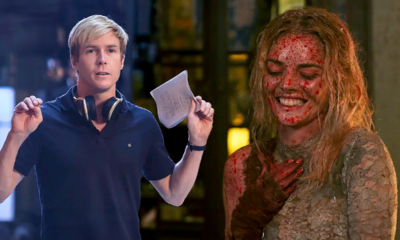



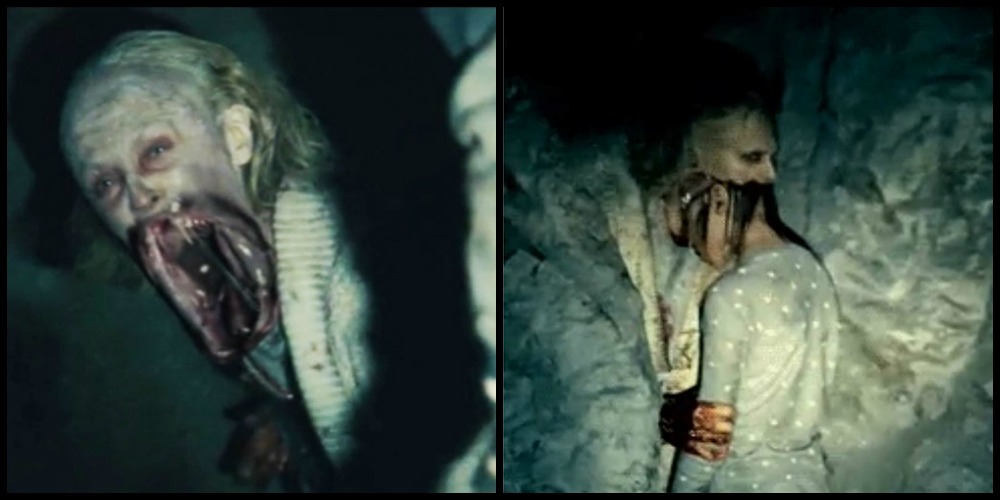






















You must be logged in to post a comment Login